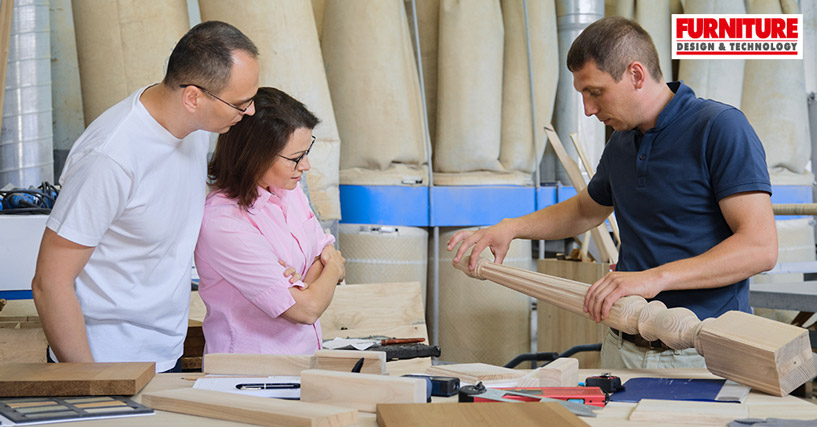
In this article, we examine the process of designing and manufacturing custom furniture, from the initial consultation to the finished product. We also explore the benefits of custom furniture for homeowners and how it can enhance the overall aesthetic of a home.
Custom furniture is a unique and personalized way for homeowners to add a touch of individuality to their homes. The design and manufacturing process behind custom furniture is a complex and intricate process that involves a combination of art, craftsmanship, and technology. Here is an overview of the design and manufacturing process behind custom furniture.
The first step in the custom furniture process is the design phase. During this phase, the homeowner works with a designer to create a custom piece that meets their specific needs and preferences. This may involve creating a sketch, a detailed drawing, or even a 3D model. The designer will also take into consideration the homeowner's style, space, and budget.
Once the design is finalized, the next step is to select the materials that will be used to create the custom piece. This may include selecting the type of wood, metal, or other materials that will be used. The designer will also consider the durability, sustainability, and aesthetic qualities of the materials.
Once the design and materials have been selected, the manufacturing process begins. This may involve cutting, sanding, and shaping the materials, as well as joining and finishing the piece. The manufacturing process may involve a combination of traditional craftsmanship and modern technology, such as CNC machines, to create the final product.
Once the manufacturing process is complete, the custom piece is then finished. This may involve staining, painting, or applying a protective coating to the piece. The finishing process is an important step as it not only enhances the aesthetic quality of the piece but also protects it from wear and tear.
The final step in the custom furniture process is installation. This may involve delivering the piece to the homeowner's home, and installing it in the desired location.
The design and manufacturing process behind custom furniture is a complex and intricate process that involves a combination of art, craftsmanship, and technology. The process starts with a design phase where the homeowner works with a designer to create a custom piece that meets their specific needs and preferences. This is followed by material selection, manufacturing, finishing and installation to create a unique and personalized piece of furniture. Custom furniture is a great option for those looking for a piece that is one-of-a-kind and reflects their personal style.
Fabric selection is an important aspect of custom furniture design. The right fabric can make a huge difference in the overall look and feel of a piece, as well as its durability and comfort. When choosing a fabric for custom furniture, there are several factors to consider, including durability, texture, color, and pattern.
Durability is an important factor to consider when selecting fabric for custom furniture. Upholstered furniture is susceptible to wear and tear, so it's important to choose a fabric that will hold up well over time. Natural fibers such as cotton and linen tend to be more durable than synthetic fibers, and fabrics with a high thread count or tight weave are less likely to wear out as quickly. Additionally, it's important to consider the use of the piece, if it's going to be used in a high traffic area, a more durable fabric is recommended.
Texture is another important factor to consider when selecting fabric for custom furniture. The texture of a fabric can add visual interest and depth to a piece, and it can also affect the overall feel of the furniture. Smooth fabrics tend to have a more formal and elegant feel, while nubby or textured fabrics can add a more casual or rustic feel. The color and pattern of the fabric also play an important role in the overall look and feel of the furniture. It's important to choose colors and patterns that complement the overall design of the piece and the room in which it will be placed.
Furniture Design India and the magazine FURNITURE DESIGN & TECHNOLOGY (FDT magazine) are from the trusted 22-year-old media house of SURFACES REPORTER and PLY REPORTER.
FDT is a B2B monthly bilingual magazine from India that shares the pulse of the furniture business in India and connects the manufacturers, OEMS, product designers, architects, showrooms, designers and dealers.
Read More© 2025 Furniture Design and Technologies.. All Rights Reserved. Developed by eyeQ Advertising